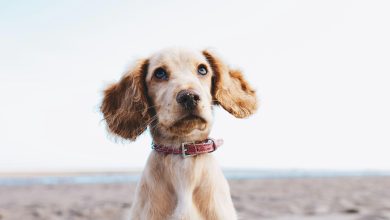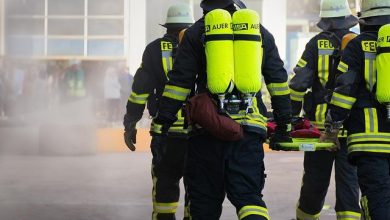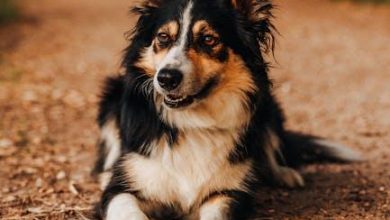Socialization Training to Build Confidence in Anxious Dogs

In the heart of every anxious dog lies a world of untapped potential and a yearning for connection. Much like humans, these sensitive souls often find themselves caught in the throes of uncertainty, their confidence eclipsed by the shadows of fear. Enter the transformative world of socialization training—a beacon of hope and a bridge to a more harmonious existence. This gentle, structured approach not only nurtures the spirit of anxious dogs but also empowers them to embrace life’s myriad experiences with newfound courage. As we delve into the art and science of socialization training, we uncover the profound impact it has on building confidence, fostering resilience, and ultimately reshaping the lives of our beloved canine companions. Join us on this journey as we explore the techniques and stories that illuminate the path from anxiety to assurance, unlocking the vibrant personalities waiting to shine.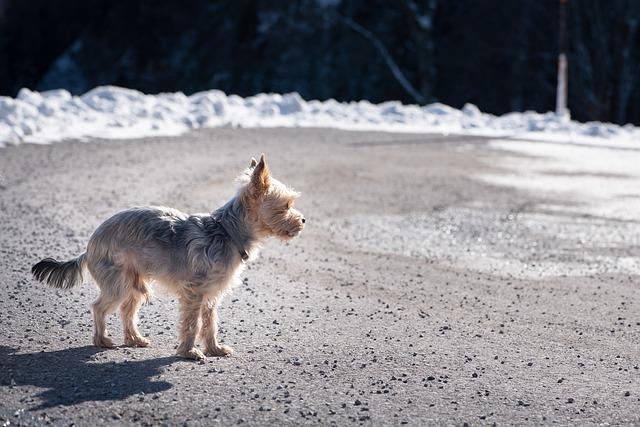
Understanding Canine Anxiety and Its Impact on Behavior
In the realm of canine behavior, anxiety is a common issue that can significantly affect a dog’s interactions and responses to the world around them. Socialization training emerges as a pivotal strategy to alleviate these anxieties, helping dogs to navigate their environments with confidence. By gradually introducing anxious dogs to new experiences, individuals, and other animals, we can foster a sense of safety and trust. This process not only reduces fear-based reactions but also cultivates a more balanced demeanor.
Key elements of effective socialization training include:
- Introducing dogs to a variety of environments, such as parks, urban areas, and rural settings.
- Facilitating positive interactions with different people and animals to build trust and adaptability.
- Using positive reinforcement techniques to reward calm and confident behavior.
- Gradually increasing the complexity of situations to ensure comfort and progress.
These steps can transform an anxious dog into a confident companion, enriching their quality of life and enhancing their bond with humans.
Creating a Safe and Positive Environment for Your Anxious Dog
Ensuring a secure and nurturing atmosphere is crucial for dogs dealing with anxiety. Start by establishing a consistent routine that your dog can rely on. Dogs thrive on predictability, and knowing what to expect can significantly reduce their anxiety levels. Create a designated safe space within your home where your dog can retreat when feeling overwhelmed. This could be a cozy corner with their favorite blanket or a quiet room with minimal noise and distractions.
- Gradual Exposure: Introduce new experiences slowly and calmly. Allow your dog to explore at their own pace without forcing interaction.
- Positive Reinforcement: Reward calm behavior with treats or praise to encourage your dog to associate new experiences with positive outcomes.
- Consistency is Key: Maintain a regular schedule for feeding, walks, and playtime to provide stability.
- Calming Aids: Consider using pheromone diffusers or anxiety wraps to help soothe your dog.
Engage in activities that naturally boost confidence, such as agility training or scent work, which allow your dog to use their instincts and learn new skills. Building confidence through these exercises can help mitigate anxiety over time, making your dog feel more secure in various situations.

Effective Socialization Techniques for Building Canine Confidence
Helping an anxious dog build confidence can be a rewarding journey, filled with small victories and heartwarming moments. To nurture a dog’s self-assurance, consider incorporating a variety of socialization techniques that are both effective and enjoyable. Start with controlled exposure to new environments, ensuring your canine companion feels safe and secure. Introduce them to different settings like parks, urban areas, or even pet-friendly stores. Gradually increase the complexity of these environments to challenge their comfort zones without overwhelming them.
- Positive Reinforcement: Reward your dog with treats, praise, or playtime whenever they exhibit calm behavior in new situations.
- Consistent Routines: Establishing predictable routines can help anxious dogs feel more secure and less stressed.
- Desensitization: Slowly expose your dog to the source of their anxiety in a controlled manner, allowing them to adjust at their own pace.
- Interactive Play: Engage your dog in activities that stimulate both their mind and body, fostering confidence through success and fun.
Remember, patience and persistence are key. Each dog is unique, so adapt these techniques to fit their individual needs and personality. By fostering a supportive environment, you’ll help your dog build the confidence they need to thrive in any situation.
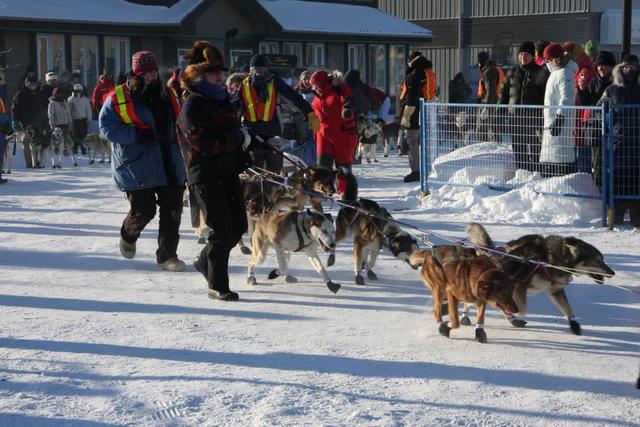
Expert Tips and Recommendations for Long-term Success
Understanding the unique needs of anxious dogs is crucial for their long-term confidence. Patience and consistency are key when working with your furry friend. Gradually introduce them to new environments and social situations at their own pace. Pay attention to their body language and remove them from stressful situations before they become overwhelming. Building a strong foundation of trust will help your dog feel more secure.
- Positive Reinforcement: Reward calm behavior with treats and praise. This reinforces the idea that new experiences can be positive.
- Controlled Exposure: Slowly expose your dog to different sounds, people, and environments. Start with less intimidating settings and gradually increase the complexity.
- Routine and Structure: Maintain a consistent daily routine to provide a sense of security. This predictability can reduce anxiety levels.
- Professional Help: Consider enlisting the help of a professional dog trainer who specializes in anxiety. They can provide tailored strategies and support.
By implementing these strategies, you can help your dog gain the confidence needed to navigate the world with ease. Remember, every small step forward is a victory on this journey to a more relaxed and happy companion.
